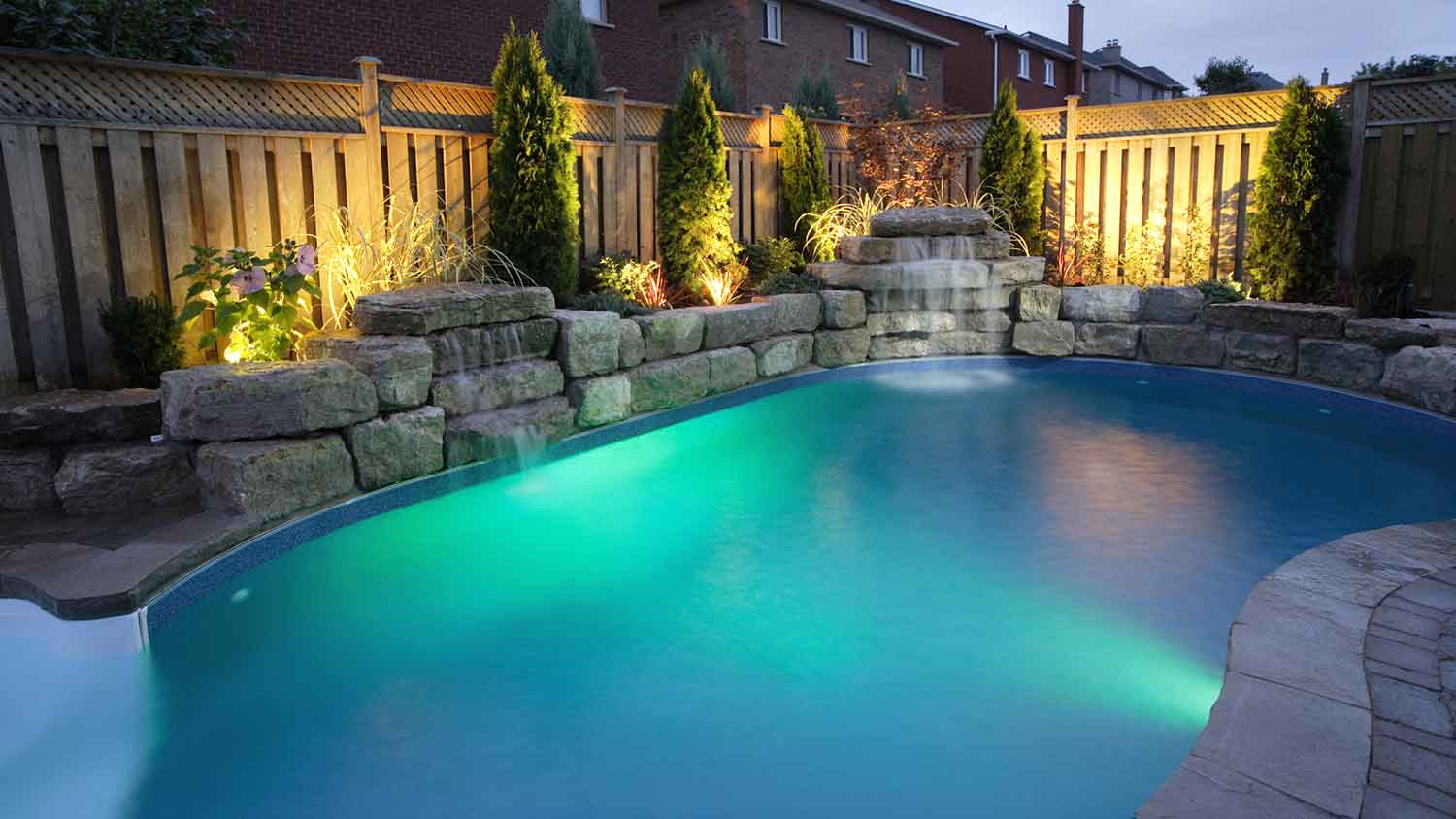
Budget for sprinkler repair costs based on factors like part prices, labor, repair type, regular professional maintenance, and more.
Call a licensed roofer to fix a leaking range hood vent


Fixing leaking range hood vents and addressing roof vent issues prevents water from dripping into your kitchen.
The top factors affecting the price and labor requirements of your project include the damper condition, duct insulation, vent angles, roof damage, and safe access to the roof and vent paths.
A roofer delivers accurate diagnosis and permanent repairs to vent boots, flashing, seams, and roof penetrations.
Roof work is hazardous, so always hire licensed and insured roofers who handle high-access work and liability with proper training.
If the exhaust fan or the nearby duct insulation is the culprit, a roofer can refer the matter to an appliance repair or HVAC technician.
This article was created using automation technology and thoroughly fact-checked and edited by HomeAdvisor Editor Ryan Noonan.
If you want to know who to call to fix leaking range hood vents, hire a licensed roofer. Roofers diagnose roof vent exhaust leaks safely and accurately, especially during rain. They carry liability insurance, maintain professional licenses through ongoing training, and manage hazards on high roofs.
Use this roofer hiring guide to address damaged dampers, poor insulation, incorrect vent angles, and roof leaks without DIY risks.
A roofer is best equipped to diagnose and repair exhaust vent leaks when water appears at the range hood. They understand dampers, insulation, venting angles, and roof penetrations, and they work safely at height. Licensed and insured roofers also protect you from liability if accidents occur and will refer you to the right specialist if the exhaust fan is to blame.
Here are some of the top benefits of hiring a roofer for the job:
They pinpoint leak paths during or after rain, then confirm the fix with follow-up inspection
They handle roof vent exhaust issues daily and bring proven repair methods to your home
They reach high, hazardous areas with proper safety gear and training
They repair cracked or rotted vent boots that let water enter around the pipe
They seal rusted pipes and broken metal seams that allow water to seep through
They replace loose nails and seal any exposed holes in the roof surface
They evaluate the shape and quality of the vent pipe from the roof to the kitchen
They identify insulation gaps and incorrect vent angles that cause condensation
They provide referrals if a faulty exhaust fan or nearby insulation causes the leak
They carry licensure and insurance, protecting you and your property
If your leak is persistent or you’re concerned about roof safety, you might want to consider roof repair near you to ensure the job is done safely and correctly.
You can hire a general contractor for a limited range of hood vent issues, such as a simple cap replacement at the roof entry. However, many causes of a leaking range hood involve roof penetrations, vent boots, seams, nails, and duct details that require deeper roofing experience.
Average contractors may not address every cause efficiently. Roofers diagnose and repair these problems every day, which speeds up solutions and helps prevent recurring leaks.
Here’s a look at the standard range hood vent repair process:
Inspect the roof vent system during or after rain to trace active leak paths.
Diagnose damper problems—damaged, missing, or improperly installed dampers that allow condensation to form.
Check for insufficient pipe insulation and incorrect venting angles that let moisture collect.
Inspect roof conditions, including broken shingles, roof leakages, and loose nails.
Examine vent components: cracked or rotted rubber boots, rust or cracks in the vent pipe, and broken metal base seams.
Repair or replace faulty dampers and boots, reseal metal bases, secure nails, and seal exposed holes.
Correct insulation and vent angles; then verify the leak is resolved.
If the exhaust fan or nearby insulation is to blame, refer to an appliance repair or HVAC technician.
Kitchen appliance repair costs between $110 and $250 for most homeowners, averaging $180. The total price depends on the extent of the leak, the labor required, and the replacement parts needed. If your range hood requires complete replacement, expect to pay an average of $1,750.
From average costs to expert advice, get all the answers you need to get your job done.

Budget for sprinkler repair costs based on factors like part prices, labor, repair type, regular professional maintenance, and more.

Explore the average cost to replace a kitchen faucet with a professional plumber based on factors like faucet type, features, labor, and unexpected costs.

Explore how factors such as materials, local labor rates, and the type of damage affect the cost to repair a burst pipe.

Who replaces faucets? Learn whether to hire a plumber or handyperson, how pros do it, and faucet replacement costs before you book.

Not sure who to call to fix a pool light? Learn why a pool repair service is best, what electricians can do, and what replacement costs.

Do you need a plumber to replace an outdoor spigot? Learn who to hire, DIY limits, and cost factors so you can book the right pro.